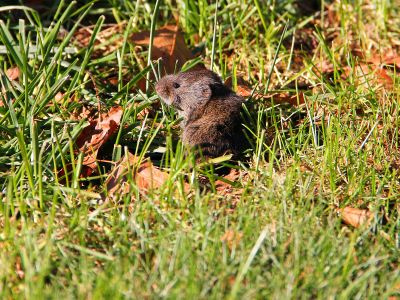Plants Voles Won’t Eat
Salvia (Salvia officinalis) has good things to offer if you’re human or even a hummingbird, but there is apparently something about the aroma that voles don’t appreciate. Salvia (available in perennial and annual forms) is most often blue or red, but you can also find varieties in pink, purple, green, white, yellow, and even brown. Hardiness of perennial salvia depends on the species, but most are suitable for growing in USDA zones 4 through 8. Annual salvia can be grown anywhere. When it comes to vole repellent plants, Lenten rose (hellebore) is one of the best. Lenten rose has glossy, green leaves and is a cinch to grow. It’s one of the first plants to bloom in spring. Plant hellebore carefully, as this beautiful perennial plant is not only toxic to voles, but also to people and pets. Lenten rose is suitable for growing in zones 3 through 8. Crown imperial (Fritillaria) is also known as “skunk lily,” and for good reason. The plant has lime green foliage and a circle of nodding, bell-shaped blooms in shades of red or orange. It’s a real eye catcher. However, the odor is unmistakable to voles and humans alike, and the smelly bulbs are toxic. Crown imperial is easy to grow in zones 5 through 8. Castor bean (Ricinus ommunis) is a distinctive plant with huge, tropical leaves in various shades of red, purple, or pink depending on the variety. The flowers aren’t impressive, but they are followed by interesting seed pods. Castor bean is a great choice for an anti-vole garden, that is if you don’t have kids or pets. The plant is highly toxic. This huge plant is perennial in zones 10 and above, but it can be grown as an annual in cooler climates. Due to their oniony aroma, various types of ornamental allium are excellent vole proof plants and they’re beautiful too. Examples include Globemaster or Gladiator, both tall plants with softball size heads of long-lasting lavender or purple blooms in late spring. Schubert allium is only 8 inches (20 cm.) tall, with blooms that look like pink fireworks. Most types of allium grow in zones 4 through 9, although some types tolerate freezing temperatures of zone 3.
